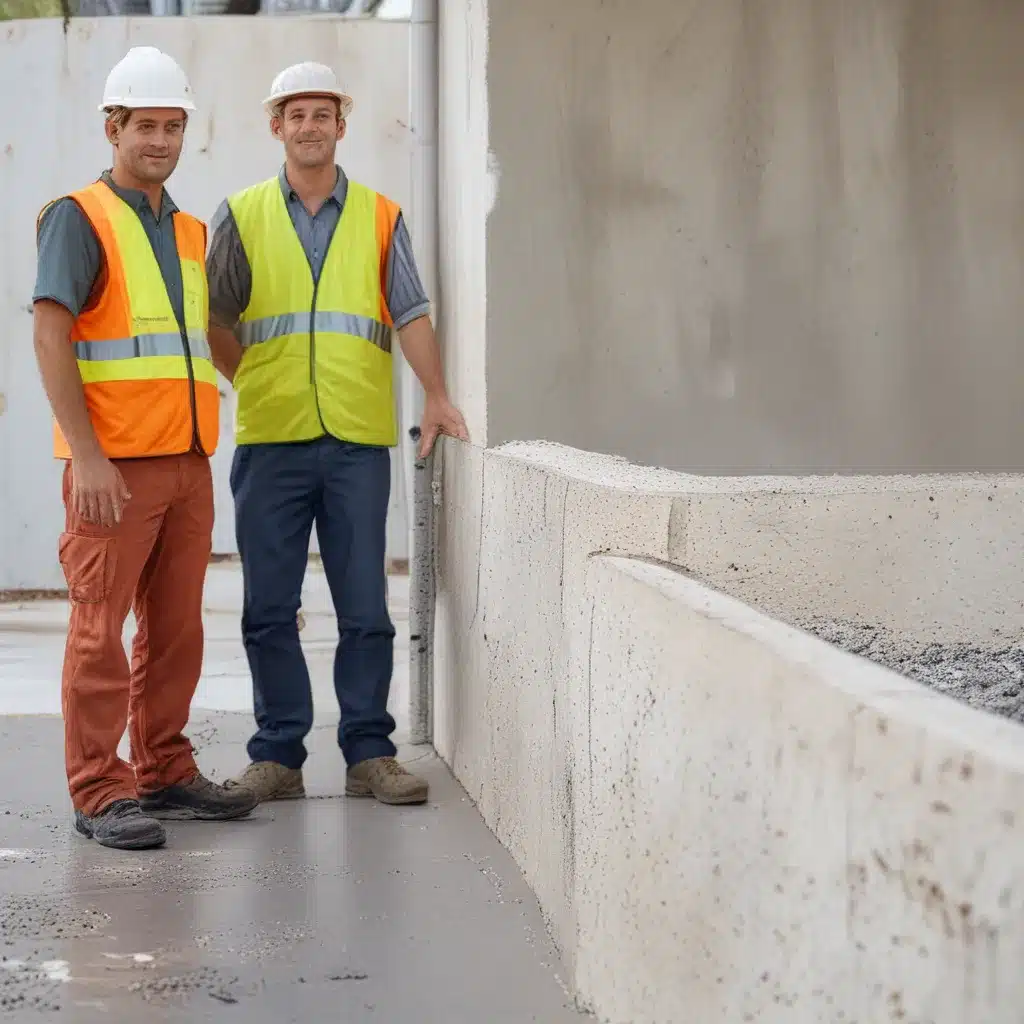
Carbonated Concrete: The Future of Eco-Friendly Construction in Townsville
Uncovering the Hidden Potential of Concrete
I’ll admit, when I first heard the term “carbonated concrete,” I pictured soda-soaked construction materials – not exactly the vision of sustainable, high-performance building that most of us have in mind. But as I dove deeper into the research, I realized that this innovative technique just may be the key to revolutionizing the construction industry and creating a more eco-friendly future for Townsville.
You see, the traditional concrete we’ve been using for centuries is a major contributor to greenhouse gas emissions, responsible for an estimated 8% of global CO2 output. That’s a staggering statistic when you consider how integral concrete is to our infrastructure, from high-rises to highways. But what if I told you there’s a way to turn this environmental villain into a hero?
Enter carbonated concrete, a game-changing solution that’s poised to transform the construction landscape. By infusing concrete with captured carbon dioxide, we can actually sequester this greenhouse gas, locking it away for decades to come. It’s a bit like taking all the fizz from a soda can and trapping it inside a sturdy building material – a win-win for the planet and our built environment.
Revolutionizing the Concrete Industry
I know what you’re thinking – how exactly does this magical “carbonated concrete” work? Well, allow me to take you on a deep dive into the science behind this innovative technology.
The process starts with a carefully curated blend of supplementary cementitious materials (SCMs) – things like fly ash, slag, and silica fume – that are combined with the traditional cement mixture. These SCMs not only reduce the carbon footprint of the concrete but also enhance its durability and strength. But the real magic happens when the freshly poured concrete is exposed to a concentrated stream of CO2.
Through a process called carbonation, the carbon dioxide reacts with the calcium in the concrete, forming a hard, stable compound that becomes an integral part of the material. This not only traps the greenhouse gas but also increases the concrete’s compressive strength, making it an even more robust and reliable building material.
The benefits of carbonated concrete don’t stop there, though. By reducing the amount of cement required in the mix, we can cut the embodied carbon of the material by at least 30% compared to traditional concrete, without sacrificing any of its performance. And with the added option to offset the remaining emissions through carbon credits, we’re well on our way to achieving net-zero construction in Townsville.
Breathing New Life into Old Structures
But the innovative applications of carbonated concrete don’t end there. In fact, this eco-friendly material is proving to be a game-changer when it comes to the adaptive reuse of existing structures.
Take, for example, the QQT project in Sydney, where an aging high-rise building was given a new lease on life through a hybrid approach that combined the existing structure with carefully engineered additions. By using carbonated concrete to extend the building’s core and floor plates, the project team was able to add 45,000 square meters of new office space without the need for costly and carbon-intensive demolition.
The result? A 216-meter-tall tower with a renewed service life that extends all the way to 2070, a testament to the durability and adaptability of this innovative material. And the best part? The process reduced construction time and costs by a staggering 13 months and $140 million AUD, respectively – savings that can be passed on to the community and reinvested in other sustainable initiatives.
Townsville’s Sustainable Future
As I continue to explore the wonders of carbonated concrete, I can’t help but imagine the transformative potential it holds for Townsville. Imagine a future where our city’s skyline is dotted with high-performance, low-carbon buildings that not only reduce our environmental impact but also provide stunning architectural statements. Or envision the countless aging structures that could be given new life through strategic adaptive reuse, breathing fresh energy into our neighborhoods while preserving the character and history that make Townsville so unique.
But the benefits of this technology go beyond just the built environment. By embracing carbonated concrete, we have the opportunity to support local industries, create new green jobs, and position Townsville as a hub of sustainable innovation. Imagine the pride we’ll feel knowing that our city is at the forefront of the eco-friendly construction revolution, leading the charge towards a more sustainable future for all.
Of course, the journey towards a carbonated concrete future won’t be without its challenges. There will be hurdles to overcome, from educating the public to navigating the regulatory landscape. But with the right partnerships, forward-thinking initiatives, and a commitment to sustainability, I’m confident that Townsville can become a shining example of what’s possible when we harness the power of innovative building materials.
So, are you ready to join me on this exciting adventure? Because I don’t know about you, but I can’t wait to see what the future of eco-friendly construction has in store for our beloved city. Let’s build a Townsville that not only stands the test of time but also leaves a lasting, positive impact on our planet.

